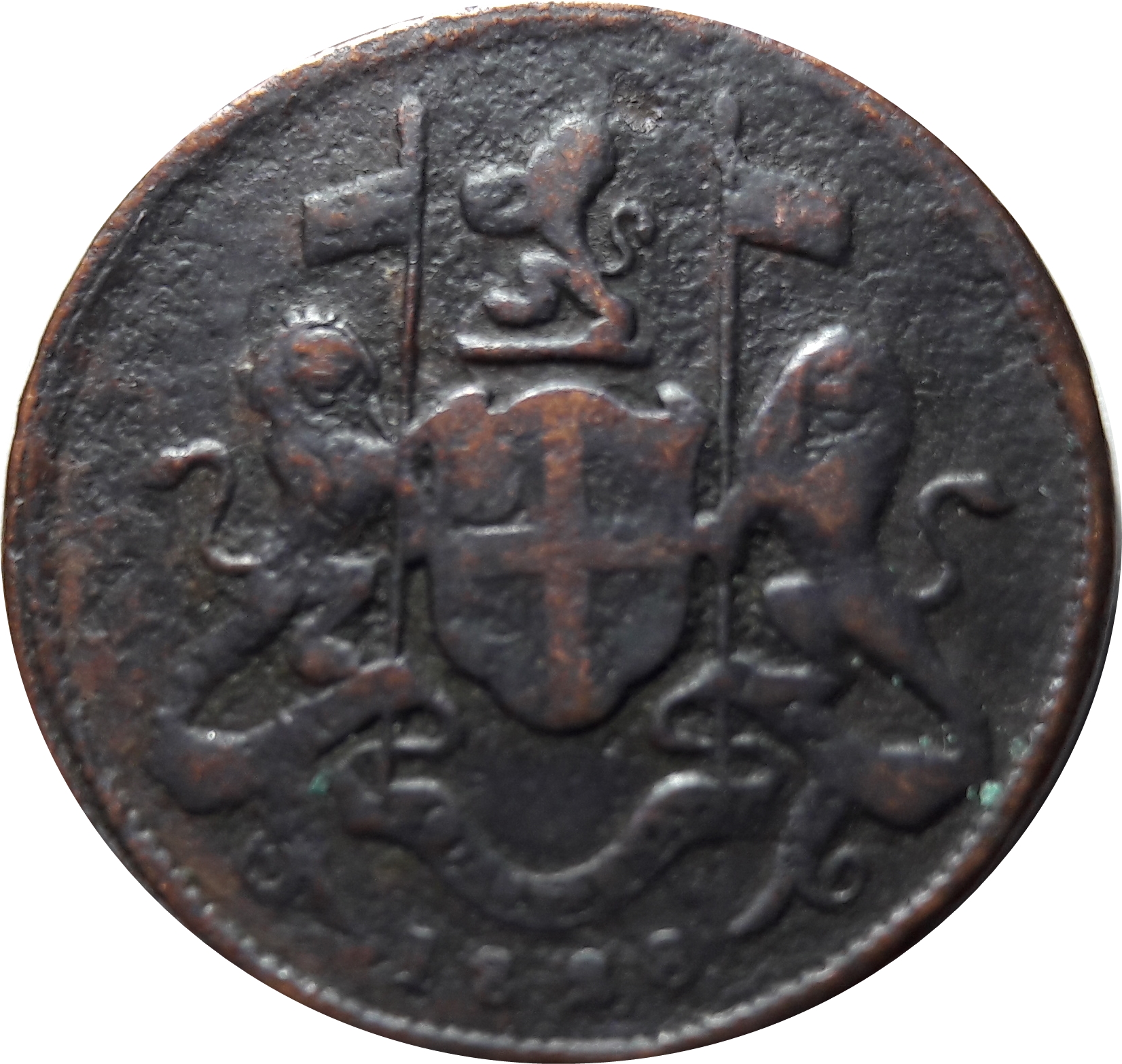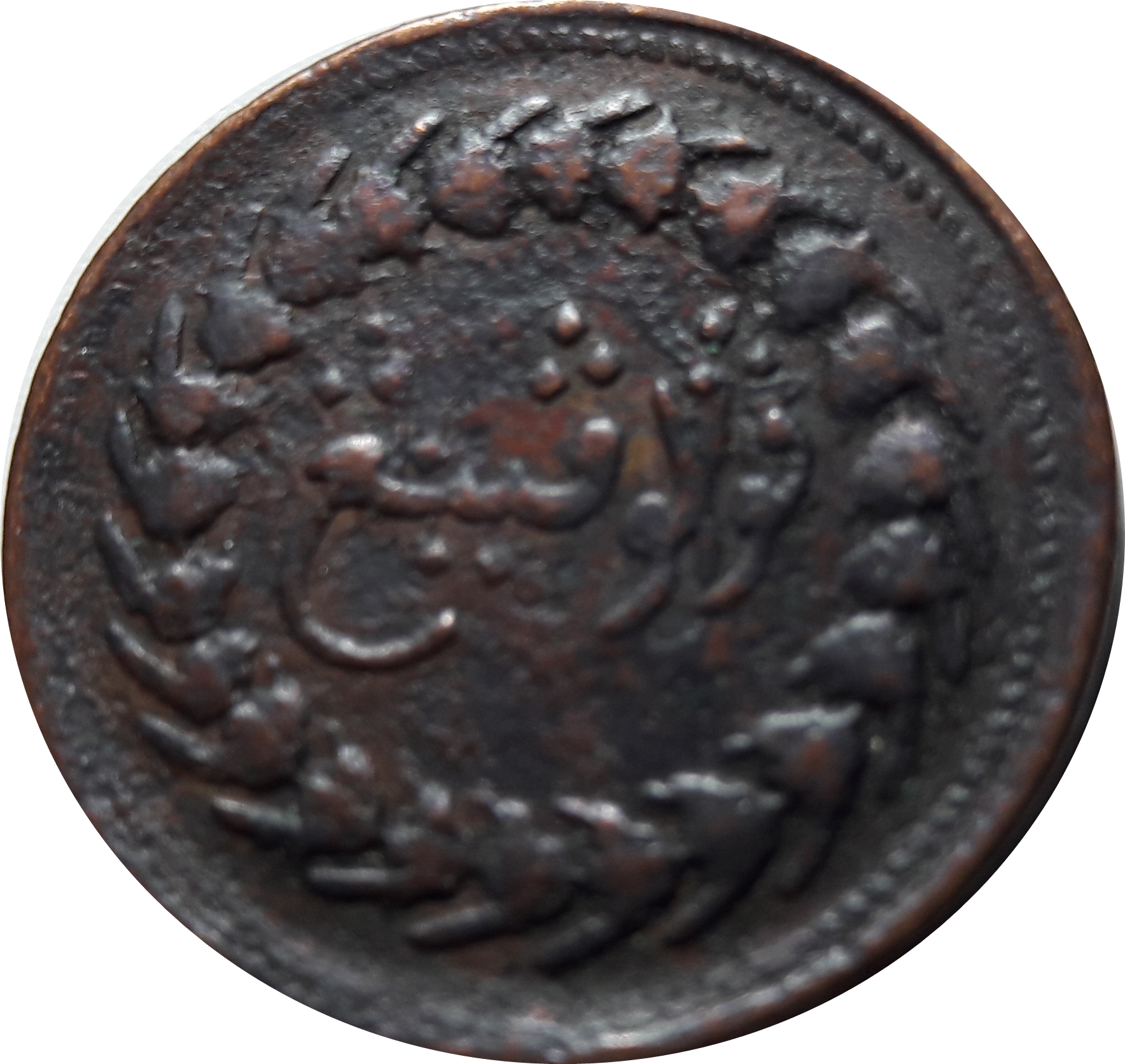Penang ½ Cent (Madras)
Introduction
The Penang ½ Cent coin, minted in Madras between 1825 and 1828, holds a special place in numismatic history. This copper coin showcases intricate designs that reflect the rich heritage of Penang and the influence of the British East India Company.
Historical Background
Penang, under British colonial rule, issued this ½ Cent coin through the authority of the Penang government. The coin's circulation aimed to facilitate trade and commerce in the region during the early 19th century. This coin symbolizes the economic activities and historical ties of Penang with the British Empire.
Design Features
The obverse of the coin displays the British East India Company coat of arms with supporters. A prominent lion rampant holding a crown between its fore paws above a shield, with the date below, surrounded by beads along the border. On the reverse, an Arabic inscription is featured within a wreath of lily cups running clockwise, adding an exotic touch to the coin's design.
Technical Specifications
This ½ Cent coin weighs 4.90 grams and has a diameter of 24.00mm. Crafted from copper, it bears the standard specifications for coins of its denomination and era. The detailed design elements add to its aesthetic appeal and historical significance.
Collectible Value
Due to its limited mintage and historical importance, the Penang ½ Cent (Madras) coin has become a sought-after collectible item among numismatists. Its combination of British and Arabic designs makes it a unique piece for collectors interested in coins with diverse cultural influences. The market value of this coin has steadily increased, reflecting its rarity and desirability in the numismatic community.
Conclusion
In conclusion, the Penang ½ Cent (Madras) copper coin stands as a testament to the historical and cultural connections between Penang, the British East India Company, and the Arabic world. Its exquisite design, coupled with its collectible value, makes it a prized possession for both collectors and enthusiasts of numismatics. This coin serves not only as a tangible piece of history but also as a symbol of the global interactions that shaped the coinage of the early 19th century.
Coin Images
 Obverse
Obverse
 Reverse
Reverse

